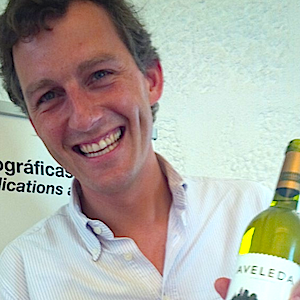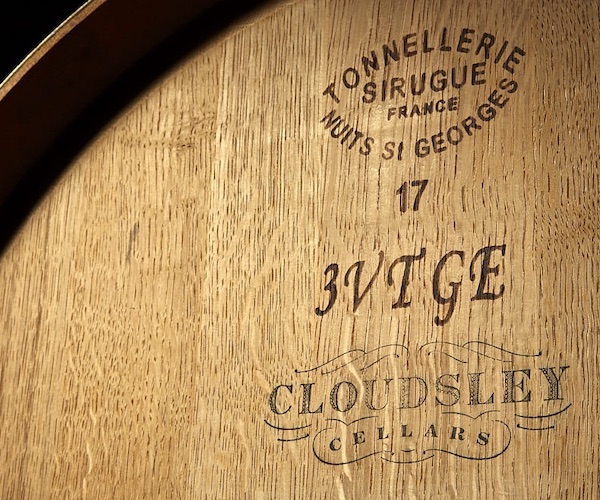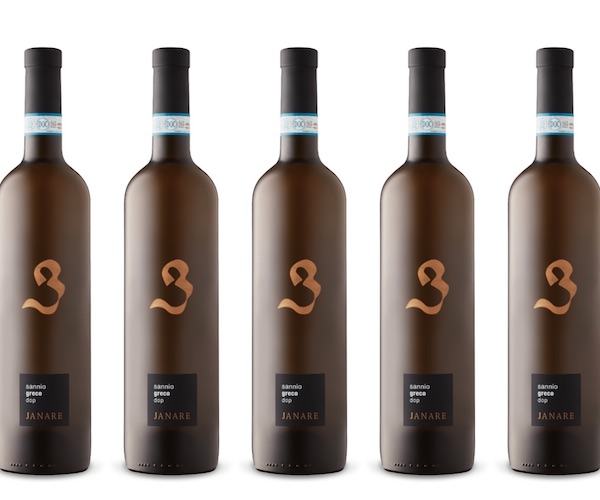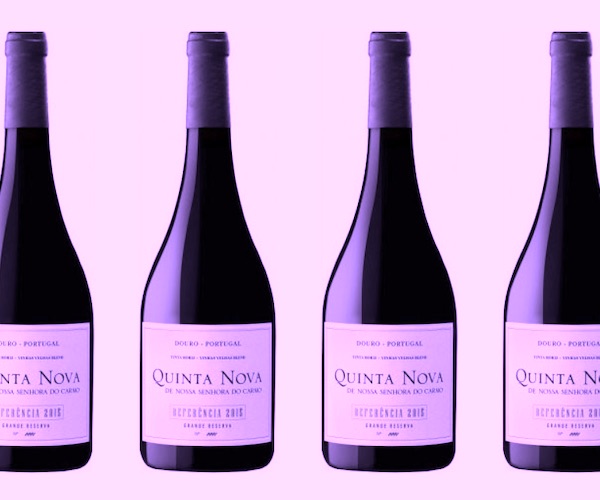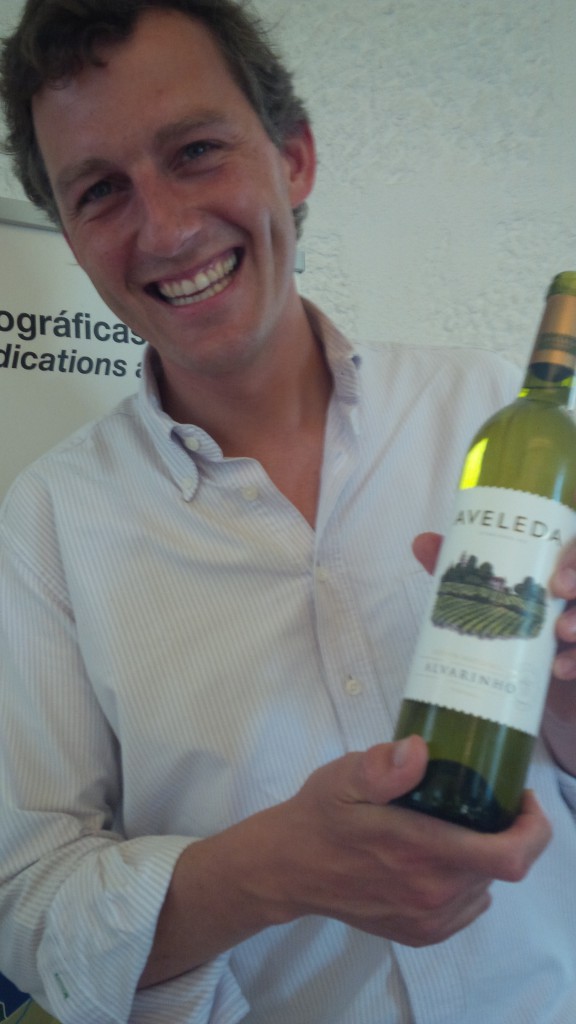
Francesco Almeida – Quinta da Aveleda Marketing Head
If light, crisp summer barbeque wines at an affordable price point are on your shopping list, look no further than those from Vinho Verde, Portugal’s largest DOC wine region. You will be rewarded by a greater diversity of Vinho Verde wines than we have typically seen in our market. This is a fall out of Portugal’s economic difficulties, because producers are turning to exports to offset declining domestic consumption.
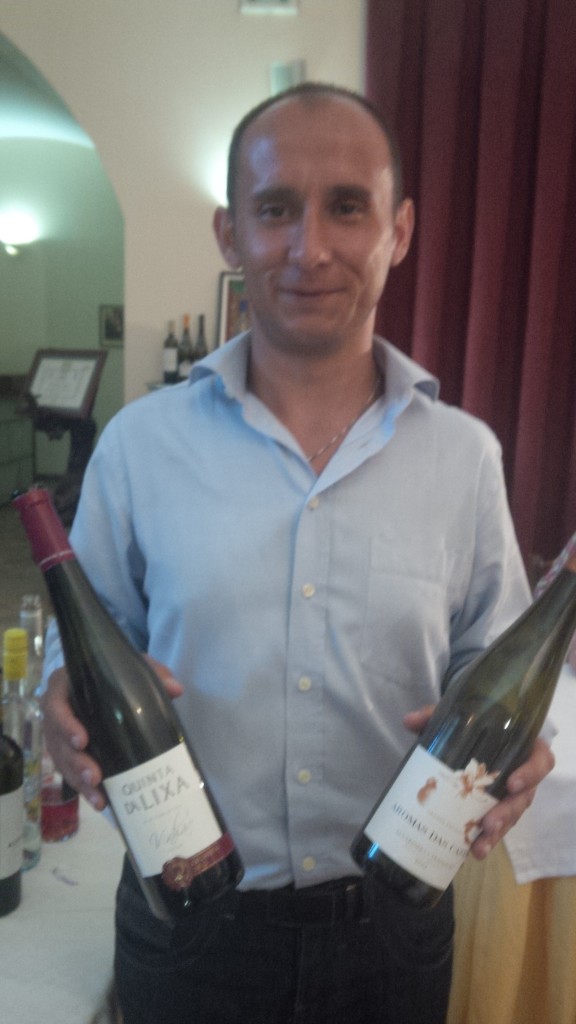
Carlos Teixeira –Quinta da Lixa Winemaker
‘Vinho Verde’ is often thought to mean ‘green wine’, because these higher acidity, slightly carbonated wines are best enjoyed relatively young. But it actually refers to the lush, green countryside. This is the result of the Atlantic Ocean’s maritime influence on this region, which extends northward up the coastline from the historic city of Oporto to the River Minho on the Spanish border. Winters are cold and rainy and summers are hot and dry. But temperatures are not extreme, due to the moderating ocean breezes.
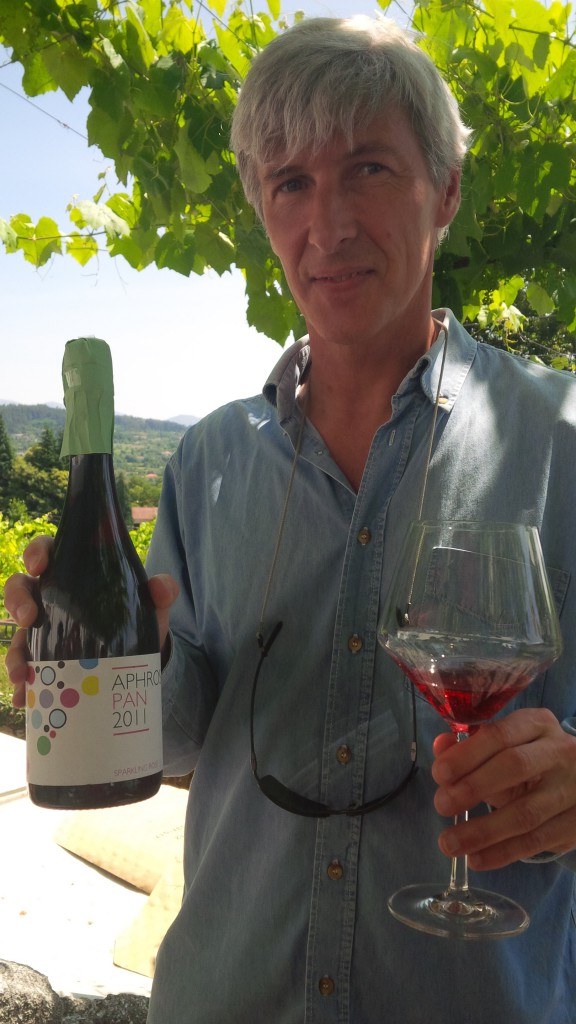
Vasco Croft – Aphros Winery owner
Once known for its red wines, Vinho Verde is now a predominantly white wine region. Of seven white varietals, two are typically made into single varietal wines – the aromatic Alvarinho, with its intense tropical notes, hints of nuts and good minerality and the floral Loureiro, with its elegant citrus flavours. Both are often blended with the mineral Arinto (rich, citrus flavours), creamy Avesso (floral, tropical and nutty character), high acidity Azal and/or lower acidity Trajadura (tree fruit flavours) varietals. It is rare to find a Vinho Verde rose in our market, but if you do it will be made from the light pink hued, strawberry, raspberry and cherry flavoured Espadeiro grape or the deeper coloured, red currant and strawberry flavoured Padeiro varietal. You may also discover sparkling Espumante versions of Vinho Verde.
Recently I went on a journalist trip to Vinho Verde which started in the colourful city of Oporto, watching the annual races of Barco Rabelos — old wooden sailing boats that used to carry port wines from the Douro Valley to Oporto. We visited a good cross section of Vinho Verde producers in this highly fragmented wine region, where over 25,000 grape growers average just one hectare of vineyards and sell to over 600 bottlers.
Vale dos Ares is a boutique winery at 4,000 bottles per year. The family of managing partner Miguel Queimado has been growing grapes here since 1683. Miguel teamed up with Gabriela Albuquerque, winemaker for the local co-operative. Their first vintage, Vale dos Ares Alvarhino Reserva 2012 (13.5%), which they hope to export, is particularly impressive. Elegant and complex, it has lush tropical flavours of apricot, pineapple, passion fruit and white grapefruit.
Aphros, exports 90% of its 50,000 bottles per year. Owner Vasco Croft spent his youth holidaying at the property where his family had been growing grapes since the 17th century. Nine years ago he switched from a career as an architect back to his wine roots, maintaining the family focus on the white Loureiro and red Vinhau grapes and embracing a biodynamic approach to winemaking. Aphros Loureiro 2012 (12.0%) is a rich, full bodied wine, with tropical, white stone and peach characters.
![]()
Quinta de Gomariz produces only 200,000 bottles per year, 60% of which are made with the Loureiro varietal. They use a traditional pergola trellising system, where vines are trained to grow up and over an archway that is tall enough for tractors to drive under to conserve space. Quinta de Gomariz Loureiro 2012 (11.5%) has expressive tropical fruit and peach flavours in its lingering finish.
![]()
Quinta de Melgaco is a one million bottle producer started by growers in 1990. In the late 1990s when it ran into financial difficult, the local City Hall was given 60% of the winery and still retains this stake. It exports 15% of its sales. Alvarinho QM 2012 (13.0%) is aromatic, with guava, melon and hints of mango, with good structure and acidity.
![]()
Quinta da Lixa exports 50% of its four million bottles per year. Just 45 minutes from Oporto, it is being turned into a destination winery, with a 30 room hotel, pool and spa scheduled to open mid-2014. Quinta da Lixa Alvarhino 2012 (12.5%) shows a good balance of structure and acidity, with full fruit flavours of apple and pear and citrus undertones.
![]()
Quinta da Aveleda is a family owned winery and one of the region’s largest at eight million bottles per year, 60% of which is exported. If you go, you will undoubtedly be taken on a tour of their extensive garden. Aveleda Vinho Verde Fonte (LCBO#5322; 10.0%; $8.95) is this winery’s top selling white wine in Canada. Light and refreshing, it has an appealing seam of citrus and a spritzy aspect.
![]()
Vinhos Norte is equal in size, but exports are only 5% of sales because this is a new initiative of the third generation of the family-run winery. If you go, consider staying at one of their five guest houses at just 12 euros a night and enjoy their restaurant and scenic waterfall. Vinho Verde Norte Rosado (9.0%) is light rose in colour, with an appealing core of sweet fruit and acidity.
![]()
Anselmo Mendes is considered one of the foremost producers of Alvarhino wines and a prominent wine consultant in Portugal’s wine industry. Anselmo Mendes Contacto Alvarinho 2012 (12.5%) is a very elegant, aromatic wine, with underlying minerality and intense flavours of lemon and passion fruit, with hints of peach and almonds.
![]()
 Margot Ritchie is a Toronto-based journalist, whose articles focus on wine and culinary trends. A member of the Wine Writers’ Circle since 1997, she has travelled throughout many of the major wine growing regions of Europe and North America. These include Austria, France, Italy, and Portugal, as well as California, New York State and Ontario. Spirits, sake and beer are also highlighted in her writings, where her travels have extended to Scotland, Japan and the Czech Republic.Margot’s wine columns have appeared in Del Condominium Lifestyle, Elite Wine, Food and Travel, Modesty Magazine, International Women’s Forum (IWF) – Toronto Chapter Newsletter and the Portuguese Post . Margot also advises on private wine cellar management.
Margot Ritchie is a Toronto-based journalist, whose articles focus on wine and culinary trends. A member of the Wine Writers’ Circle since 1997, she has travelled throughout many of the major wine growing regions of Europe and North America. These include Austria, France, Italy, and Portugal, as well as California, New York State and Ontario. Spirits, sake and beer are also highlighted in her writings, where her travels have extended to Scotland, Japan and the Czech Republic.Margot’s wine columns have appeared in Del Condominium Lifestyle, Elite Wine, Food and Travel, Modesty Magazine, International Women’s Forum (IWF) – Toronto Chapter Newsletter and the Portuguese Post . Margot also advises on private wine cellar management.

